
The Food combining diet (also known as the Hay diet) has been in and out of favour for many years – close on a century. It was popular in the 1930s, then again in the 1980s and early 90s before being dismissed as another “fad” diet. If googled, we get diametrically opposing views and “expert” opinions about this programme – and its recently expanded principles have tended rather to confuse its basic simplicity.
It’s worth pointing out that Dr Hay originally developed his Food Combining diet primarily to maintain a healthy digestive system, notjust as a means to lose weight. For this reason it should not be considered a short-term diet as such but more as an ongoing, long-term, harmonious relationship between food and health.
The Food combining principles
Dr Hay’s extensive research concluded that our health was affected by the chemical process of digestion. Basically, the digestion of starches begins in the mouth whereas protein digestion only begins in the stomach, so it takes longer. Furthermore, our body uses an alkaline digestive process for carbohydrates and acid for digesting proteins. When carbohydrates and proteins are consumed at the same time, the alkaline process is disrupted by the acid process – and the digestion time can take much, much longer because the effectiveness of the digestive enzymes is reduced. According to Dr Hay, combining incompatible foods causes acidosis (the accumulation of excess acid in body fluids) which causes people to gain weight. So his solution was to eatconcentrated proteinsat one meal andconcentrated carbohydratesat another. He classified foods into three basic categories – Proteins, Starches and Neutrals. The Neutrals (most vegetables) could be eaten with either proteins or starches. His other basic principle is about Fruits. These he labelled as acid-forming foods and must be eaten alone as they get digested very quickly and get fermented if mixed with proteins or starches. Later on he added that fruits should be only consumed for breakfast to help the liver’s cleansing function (which is most active between midnight and 12 am). Also, he maintained that Vegetables and salads (the Neutrals) should form the major part of our diet – proteins, fats and starches should be eaten in small quantities. Lastly, there must be an interval of at least 4 hours between meals of the 3 incompatible food categories.
So far so simple; the problem for most people is –how do you decide which food is starch, protein or neutral?Unfortunately, if you search the net for them, you get confusing and conflicting advice.
Furthermore, modern versions of the Food combining diet have many extra rules – certain fruits must be eaten alone (such as melons or bananas); certain fruits (such as berries) now can be eaten with proteins; high fats (such as butter, cream) are neutral; nuts must be eaten alone (or not?); fermented dairy (such crème fraîche, yoghurt & kefir) isNeutral; pulses should be avoided (particularly beans); cured & smoked meat/fish isneutral; milk should be taken alone; high fat cheeses and very low fat, “white” cheeses areneutraland so on. I’m not sure which version(s) to believe so I’ve developed my ownHarmonious Food Combiningplan, based on 10 years of following the Hay diet’s basic principles. I still try to follow this through myWholeness Diet. You can read more in these articles:
- Harmonious Food combining
- Harmonious Food combining charts
- Wholeness diet (coming soon)
- Diets that work














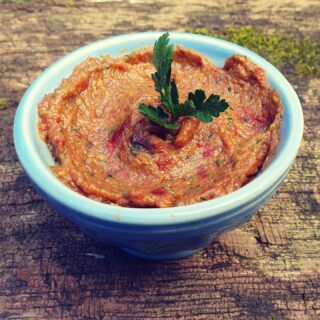




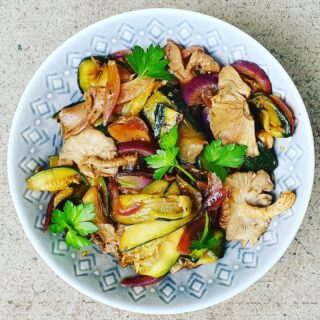
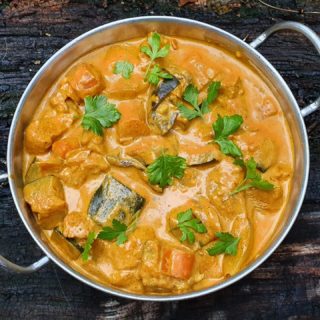

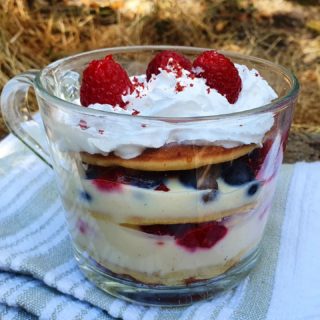
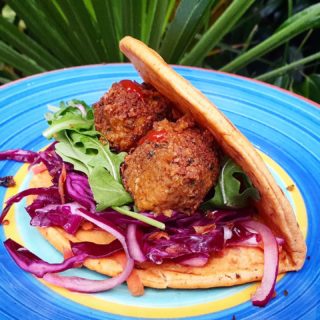
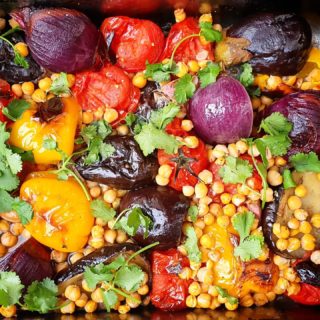
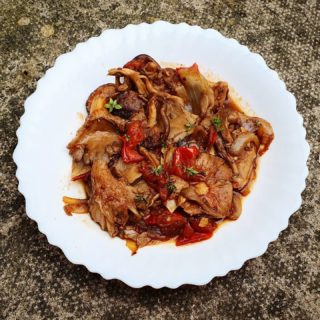

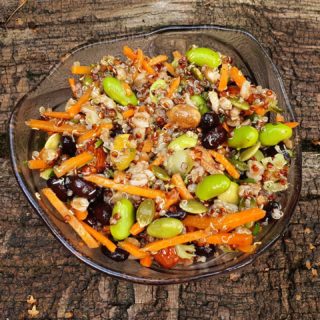
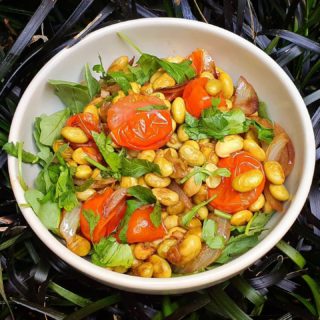
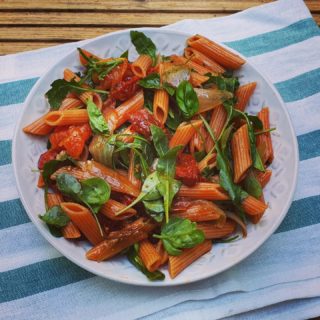
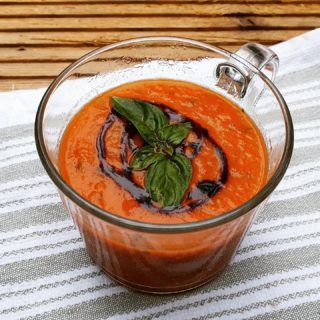
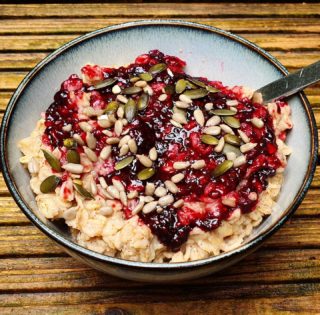
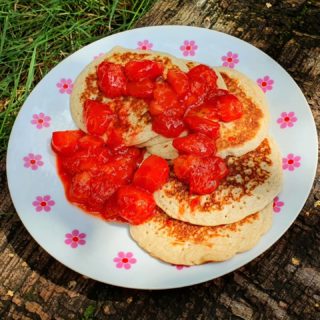
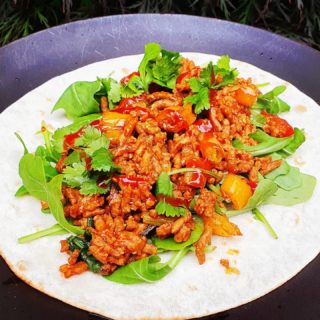
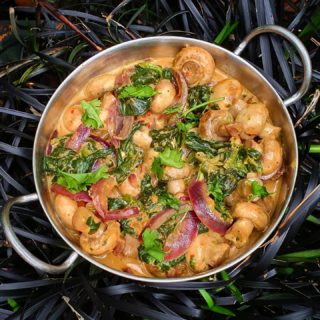
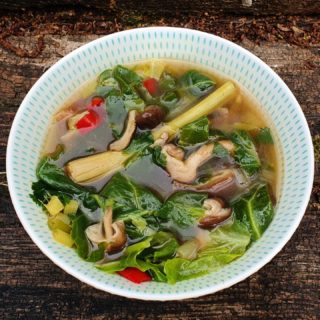
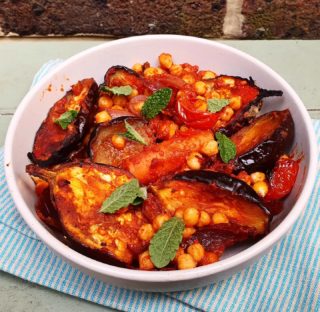

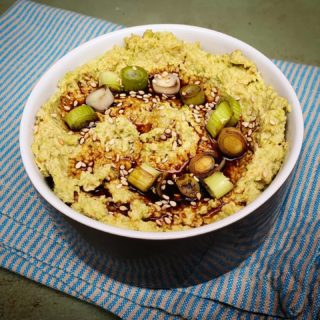

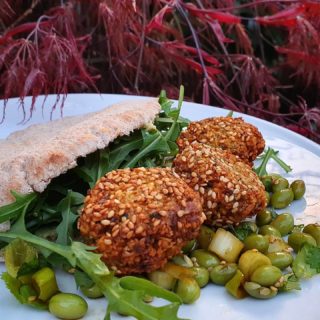
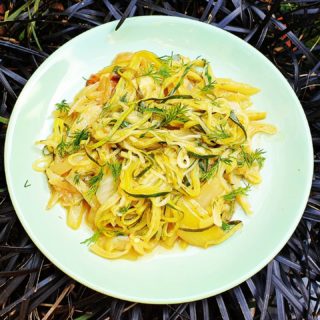
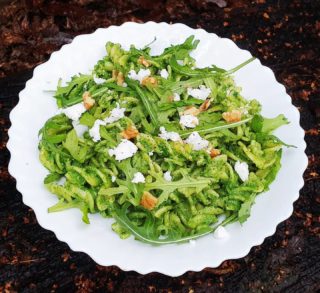
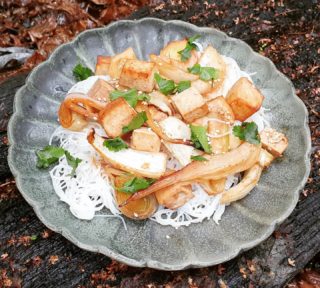
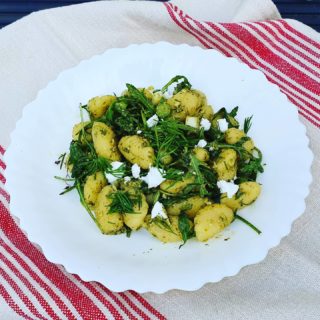
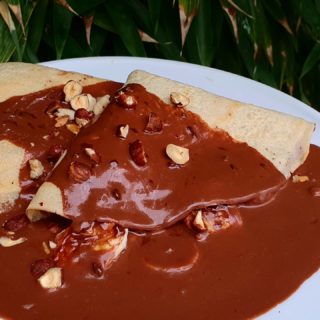



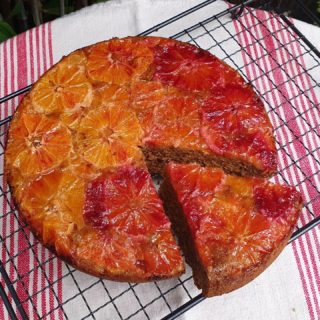
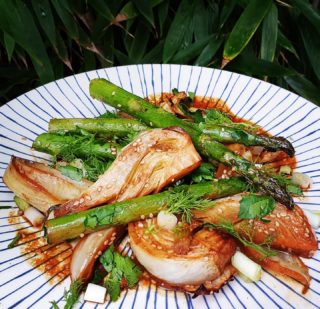
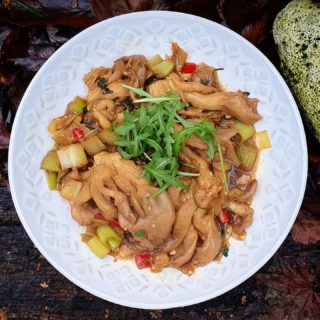





No comments yet.